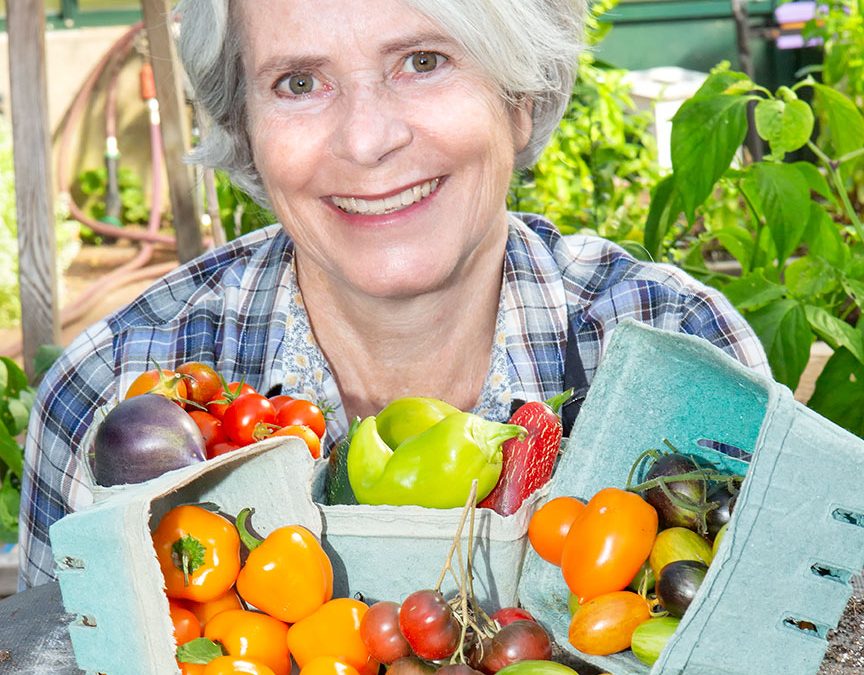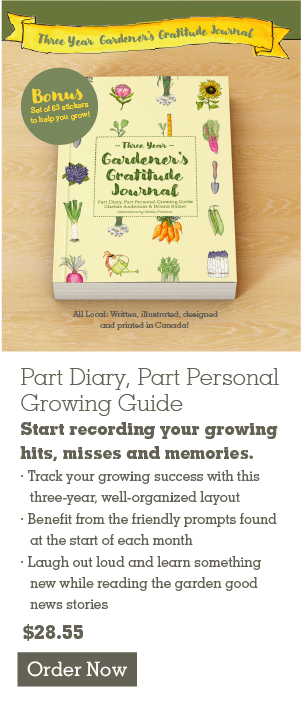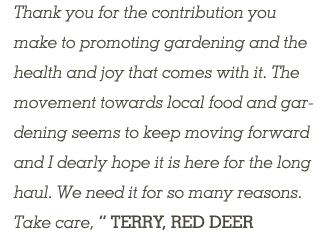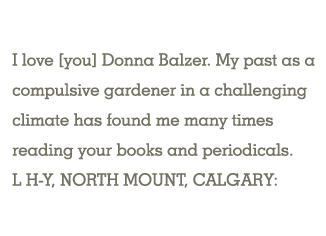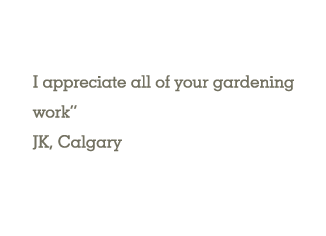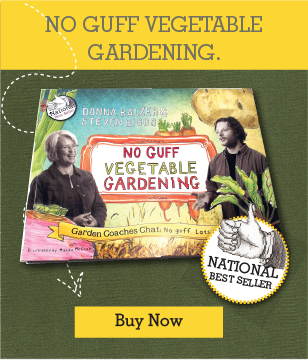I received the newest additions to my garden in the mail yesterday. Both Primo and Tumbler tomato seed were ordered from T & T seeds after I heard what a hit these bush tomatoes were in another gardener’s garden. I had a friend tell me she only orders her seed online because the catalogue photos and descriptions are just too good so she is tempted to over-order (that is certainly true for me too.) My daughter only buys seed in person because she is supporting her local seed supplier but I order from a wide variety of suppliers and I also save seed in my own garden. Do you go overboard with your spring seed orders? I am trying to show some constraint this year. To do this I start with a list of the seeds I have left over from last year.
I keep my “old” seeds in a box, divided alphabetically, so I can keep them semi-organized. Except for Beans. They can’t go under “B” because there are just too many kinds and every seed is so big and too fat. I simply have too many kinds of green beans, yellow beans, pole beans, black beans, kidney beans. Well you get the drift. Just too many kinds of beans. So, beans have their own section. By the end of February I am dividing the seeds I will start this year by start date. The early starts like celery and leeks are in the ground now. The mid-season seeds (peppers, eggplant, tomatoes) are started from late February to mid-March and the latest seeds (mostly flowers) are started indoors in April. Many other kinds of seed are seeded outdoors from March (carrots, green peas, poppies, sweet peas) to April (lettuce, asters, more peas) to May or June (Squash, cucumbers, nasturtiums.) There is a lot of seed shuffling between now and harvest and gardeners are at the starting gate now. Ready, set, grow.
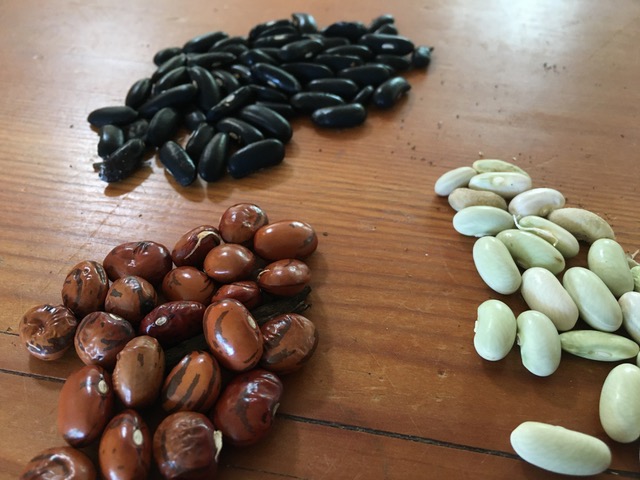
Bean seeds are easily saved in the garden but when you try to save them, they take a lot of space. In my system, they need their own category.
Here is how I am keeping things lean this year. First, I went through last year’s box and made a list that I keep on my desktop of all the kinds of seeds I have left over including all the cultivar names. Here is my list of Cauliflower seed. Yes, you are right. There are too many kinds of seed for any one garden.

Cauliflowers are amazing in my garden… maybe it’s because I have a lot of cool weather or maybe it’s because I have such a big seed inventory! LOL
Cauliflower
- Adona
- Denali
- Galleon
- Puntoverde
- Purple crush
- Snowball
- Song
- Susanna
- Veronica
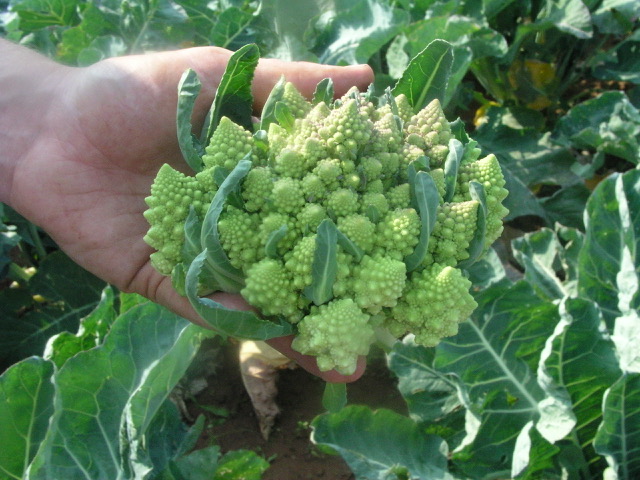
The Cauliflower variety Puntaverde is an open pollinated variety available from Baker Seed Company.
Anyway some seeds, like onions and leeks, are viable for a very short time so I only order what I am certain I will use in a year. This year I have a small packet of Patterson yellow onions and I will start those shortly. Other seeds, like tomatoes and beans, cauliflower and kale last for ages, so I am slowly using up what I have and am definitely not ordering any more. Okay that’s a lie. I did order a few new tomatoes, Tumbler and Primo, as mentioned above. Others I would have loved to order are no longer available. It is always a sad day when a seed I love is no longer sold and right now I can’t find Galleon, my favourite overwintering cauliflower. It disappeared from catalogues two years ago but I had leftovers so I still started them last year. Luckily a local farmer I know had a stash so I have a few more seeds to get me through this year. This problem of seeds coming and going is important for food security. Listen to my recent podcast with Siri van Gruen all about seed security and the valuable role FarmFolk CityFolk is playing for us all.
Some seeds are sold as open pollinated so they will come true from saved seed. If you haven’t saved your own seed yet try growing open pollinated green beans like Green Jade and start saving a ton of money when you save your seed this fall. I also love Cherokee Purple tomatoes (listen to interview with developer HERE) and they come true from saved seed so are a delicious addition to your open pollinated, saved seed collection. Most lettuce is open pollinated (try Ice Queen iceberg lettuce, Kweik butterhead or Frisygo lettuce) so start saving your own seed in your garden this summer. Cucumbers, like Marketmore or open pollinated but I have never saved the seed of cucumbers. I guess I have a roadblock there because I keep eating the cucumbers young instead of letting them get to a large, seed-saving size.

In the past I have ordered many kinds of cucumbers but for my garden the current favourites are Muncher and Marketmore
There are a few seeds I continue to buy every year because they are so good but they are hybrids. This means they will not come true if I save seed. I am talking about Veronica Cauliflower, Patterson onions and Winterbor kale. I bought a several-year supply of both Veronica and Winterbor because these seeds last a long time and you never know when suppliers are going to stop producing and selling my favourite hybrids. Galleon cauliflower was not for sale last year and so far I haven’t found it this year either so luckily I got it from a friend. This is the only large white cauliflower I can overwinter and expect to get heads in April or May. Such a surprise and so far ahead of the bugs. It is absolutely worth the greenhouse space.

Seeds you save yourself like marigolds (left) and nasturtiums (right) can be direct seeded in the garden once the soil starts to warm. If you have a soil thermometer use it. Soil against the south side of a house will warm a lot faster than soil on a north facing slope and will be ready to direct seed faster.
So seed buying season is upon us and it is time to set your budget and press go. The first seed I start annually are celery, leeks and onions. By the end of February I start peppers, tomatoes, eggplants and basil. And as space allows I start lettuce, spinach and hardy herbs like Chives, parsley and cilantro to place out in the greenhouse or garden as the days lengthen. If you have a greenhouse your options are wider but at least a little heat mat and growlights will let you get growing right away. I love my new grow-light system from Veseys (In the USA the same system is available from Gardener’s Supply Company.) Right now I have the very short Mascotte beans from Renee’s Garden growing under lights so I can actually harvest beans right from my indoor growing area. I will start a second crop in my greenhouse in Aril and a final crops of beans outdoors in May. Outside I tend to prefer the taller beans like Blue Lake pole beans.

This week I perilously transplanted some lettuce outside after starting them indoors under lights. I feel gardening is so therapeutic for me it doesn’t matter if these freeze because then I get to plant again and most of my lettuce seed is saved by me so there is really no cost. If it works, so much the better. I did cover the seedlings with a row cover to protect them in the next few weeks (see below) and yes, I have also transplanted some in my greenhouse.
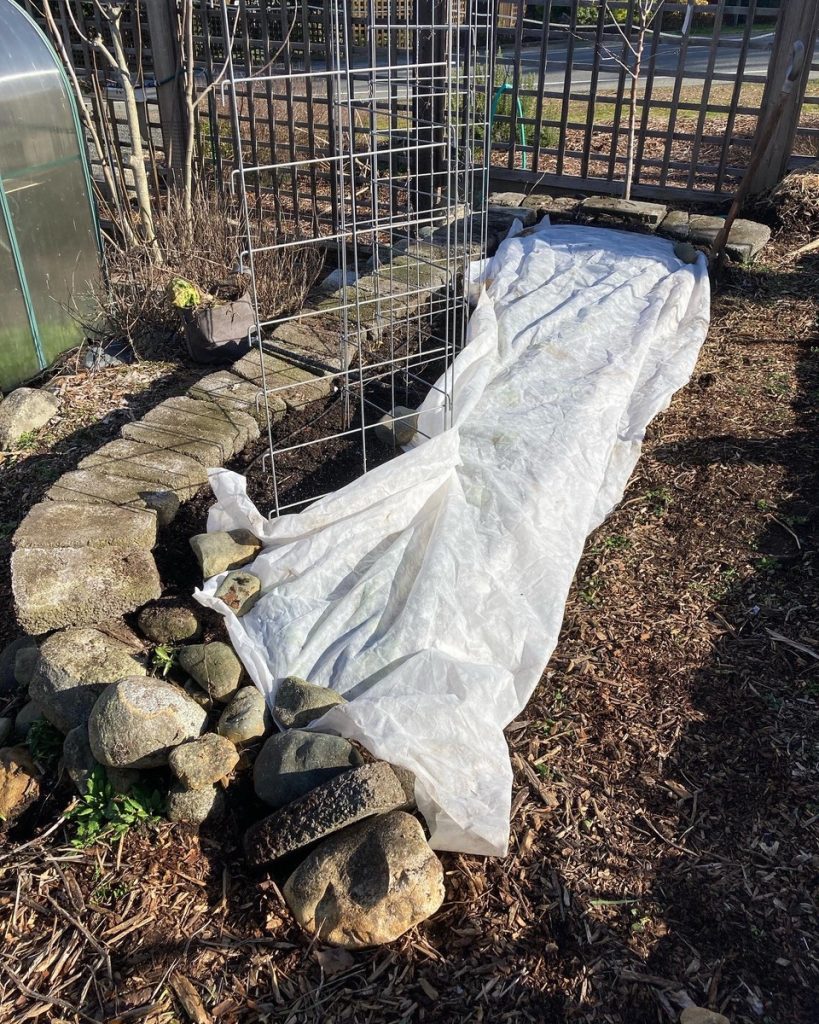
Agribon is a frost-proof row cover over my early seedlings outdoors
It’s a new gardening year and the only thing I know for sure is that it is time to start scanning the shops, the online catalogues and your existing seeds to make a plan for growing your own food. It is so much fun I can hardly stand it. PS If you need to know your last frost free date so you can decide when to start seeds, ask your local gardening club or start recording the dates in your own yard. I have such a sunny south facing space I was able to plant earlier last year than ever before. I know this, of course, because I record all my dates in my own journal. Get your own journal here!
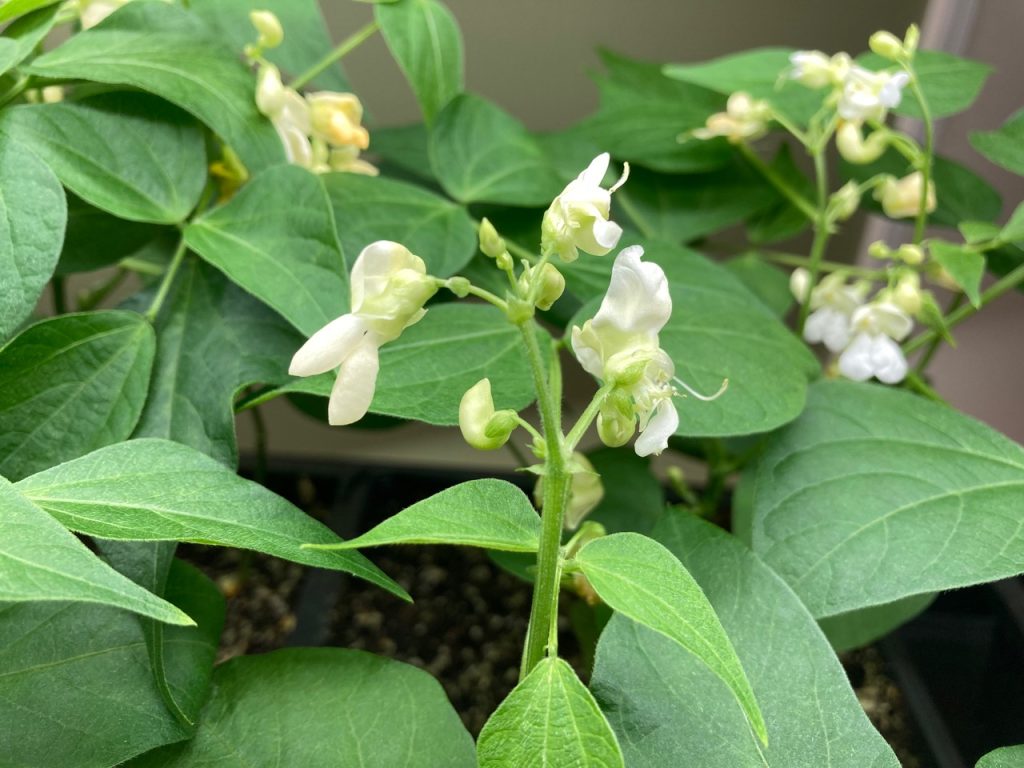
Mascote Beans (from Renee’s Garden are barely 8 inches tall (20 cm) at six weeks old under lights indoors and they are already forming small flowers and beans. Even though they have elaborate flowers that look like they would need bees for pollination, beans are self-pollinating and an excellent choice for growing indoors.
